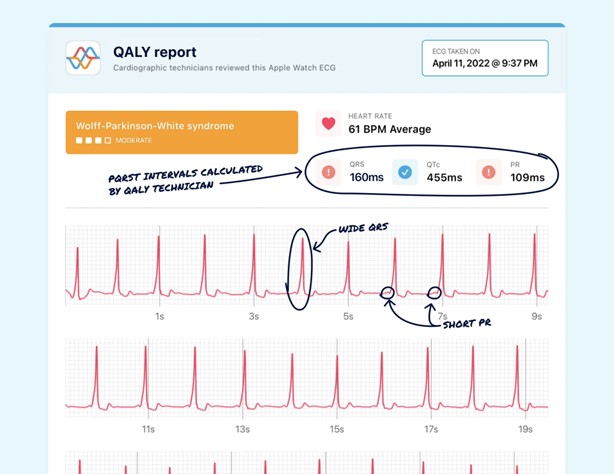A nurse is reviewing the laboratory results for four clients. The nurse should recognize which of the following clients has a manifestation of hypoparathyroidism?
A client who has a phosphate of 5.7 mg/dL.
A client who has a calcium of 9.8 mg/dL.
A client who has a vitamin D of 25 ng/mL.
A client who has a magnesium of 1.8 mEq/L.
The Correct Answer is A
Choice A rationale:
The client with a phosphate level of 5.7 mg/dL likely has a manifestation of hypoparathyroidism. Hypoparathyroidism leads to decreased parathyroid hormone (PTH) secretion, which causes increased renal phosphate reabsorption, leading to elevated phosphate levels in the blood.
Choice B rationale:
A calcium level of 9.8 mg/dL is within the normal range (8.5-10.2 mg/dL) and does not indicate hypoparathyroidism.
Choice C rationale:
A vitamin D level of 25 ng/mL is within the normal range (30-100 ng/mL) and does not suggest hypoparathyroidism.
Choice D rationale:
A magnesium level of 1.8 mEq/L is within the normal range (1.7-2.2 mEq/L) and does not directly indicate hypoparathyroidism.
Nursing Test Bank
Naxlex Comprehensive Predictor Exams
Related Questions
Correct Answer is C
Explanation
Widened QRS Complexes.
Choice A rationale:
Hyperactive deep tendon reflexes are not typical findings in respiratory acidosis. They are more commonly associated with conditions like hypocalcemia or hypercalcemia.
Choice B rationale:
Warm, flushed skin is not directly related to respiratory acidosis. It is not a typical manifestation of this acid-base imbalance.
Choice C rationale:

Widened QRS complexes on an ECG are characteristic findings in respiratory acidosis. Acidosis can lead to changes in the electrical conduction of the heart, resulting in QRS complex widening.
Choice D rationale:
Bounding peripheral pulses are not directly associated with respiratory acidosis. They may be seen in conditions like hyperthyroidism or anemia but are not specific to respiratory acidosis. Remember, always interpret lab results and clinical findings in the context of the patient's overall condition, medical history, and other relevant factors to provide the best care possible.
Correct Answer is A
Explanation
Choice A rationale:
The client with a phosphate level of 5.7 mg/dL likely has a manifestation of hypoparathyroidism. Hypoparathyroidism leads to decreased parathyroid hormone (PTH) secretion, which causes increased renal phosphate reabsorption, leading to elevated phosphate levels in the blood.
Choice B rationale:
A calcium level of 9.8 mg/dL is within the normal range (8.5-10.2 mg/dL) and does not indicate hypoparathyroidism.
Choice C rationale:
A vitamin D level of 25 ng/mL is within the normal range (30-100 ng/mL) and does not suggest hypoparathyroidism.
Choice D rationale:
A magnesium level of 1.8 mEq/L is within the normal range (1.7-2.2 mEq/L) and does not directly indicate hypoparathyroidism.
Whether you are a student looking to ace your exams or a practicing nurse seeking to enhance your expertise , our nursing education contents will empower you with the confidence and competence to make a difference in the lives of patients and become a respected leader in the healthcare field.
Visit Naxlex, invest in your future and unlock endless possibilities with our unparalleled nursing education contents today
Report Wrong Answer on the Current Question
Do you disagree with the answer? If yes, what is your expected answer? Explain.
Kindly be descriptive with the issue you are facing.
